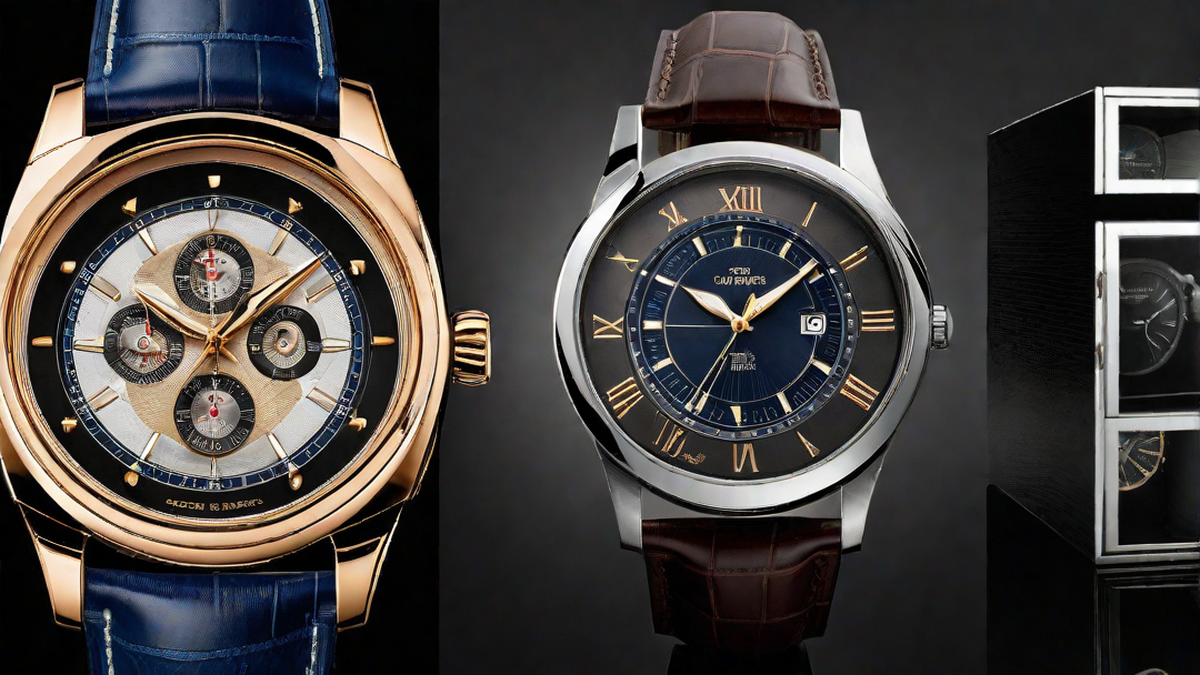As a dedicated watch enthusiast, I understand the importance of keeping an automatic watch running smoothly, even when it’s not being worn. Automatic watches rely on movement to stay wound, so it’s crucial to find strategies to keep them running when they’re not on your wrist. In this article, I’ll share some of my personal tips and insights on how to effectively maintain the power reserve of your automatic watch.
Understanding Automatic Watches
Before delving into the methods of keeping automatic watches running, it’s essential to have a basic understanding of how they work. Unlike quartz watches, which are powered by a battery, automatic watches are mechanical timepieces that harness energy from the natural motion of the wearer’s arm. The movement of the wrist winds the watch’s mainspring, storing energy that powers the watch’s mechanism. When the watch is not in use, the power reserve begins to deplete.
Regular Wearing and Movement
One of the most efficient ways to ensure your automatic watch stays running is to wear it regularly. The natural motion of your arm will keep the watch wound, preventing the power reserve from running out. By incorporating your automatic watch into your daily routine, you can maintain its power reserve without special effort.
Watch Winders
If you have multiple watches and only wear your automatic watch sporadically, a watch winder can be a valuable investment. A watch winder is a device that holds your watch and rotates it at regular intervals, mimicking the natural motion of a wrist. This continuous movement ensures that the watch remains wound, eliminating the need for manual winding and resetting the time and date when you decide to wear it again.
Manual Winding
When you don’t wear your automatic watch for an extended period, manual winding can help keep it running. Simply turning the crown of the watch in a clockwise direction will wind the mainspring and recharge the power reserve. It’s essential to refer to your watch’s manual or manufacturer’s guidelines to determine the appropriate number of turns required for efficient winding without causing damage to the mechanism.
Storage Position
The position in which you store your automatic watch can affect its power reserve. Keeping the watch in a horizontal position when not in use can prevent the lubricants in the movement from settling, ensuring smoother operation when you wear it again. Additionally, avoiding extreme temperatures and humidity is crucial for preserving the longevity of the watch’s components.
Conclusion
Maintaining the power reserve of an automatic watch demands a combination of regular wear, proper storage, and occasional manual winding. By incorporating these strategies into your watch care routine, you can ensure that your automatic timepiece remains accurate and ready to wear whenever you choose. Keeping an automatic watch running when not being worn requires attention and care, but the reward of a consistently precise and reliable timepiece is certainly worth the effort.

